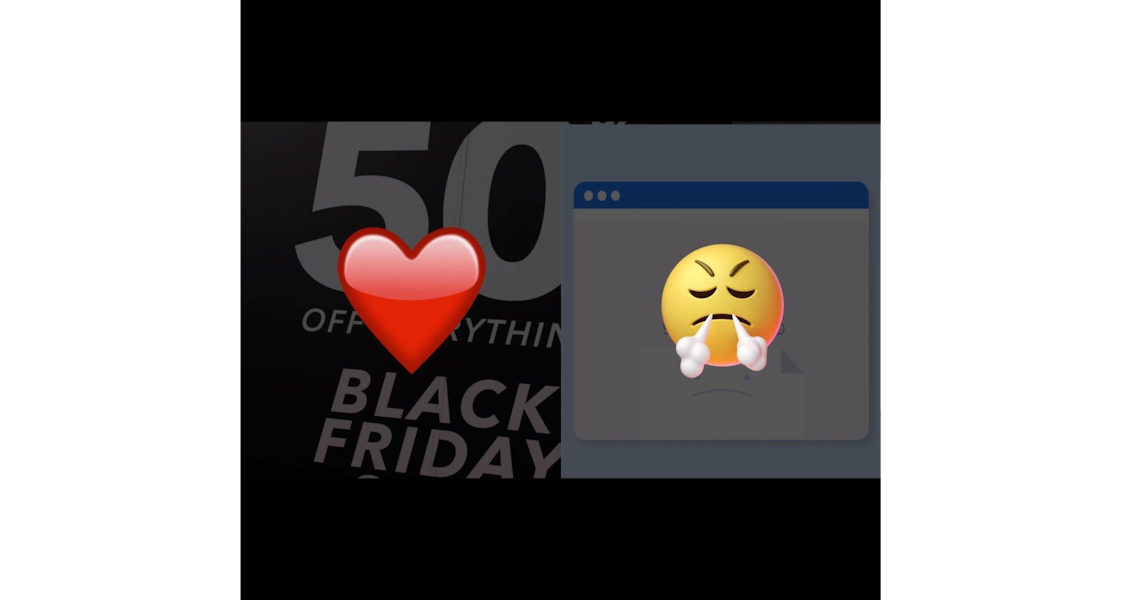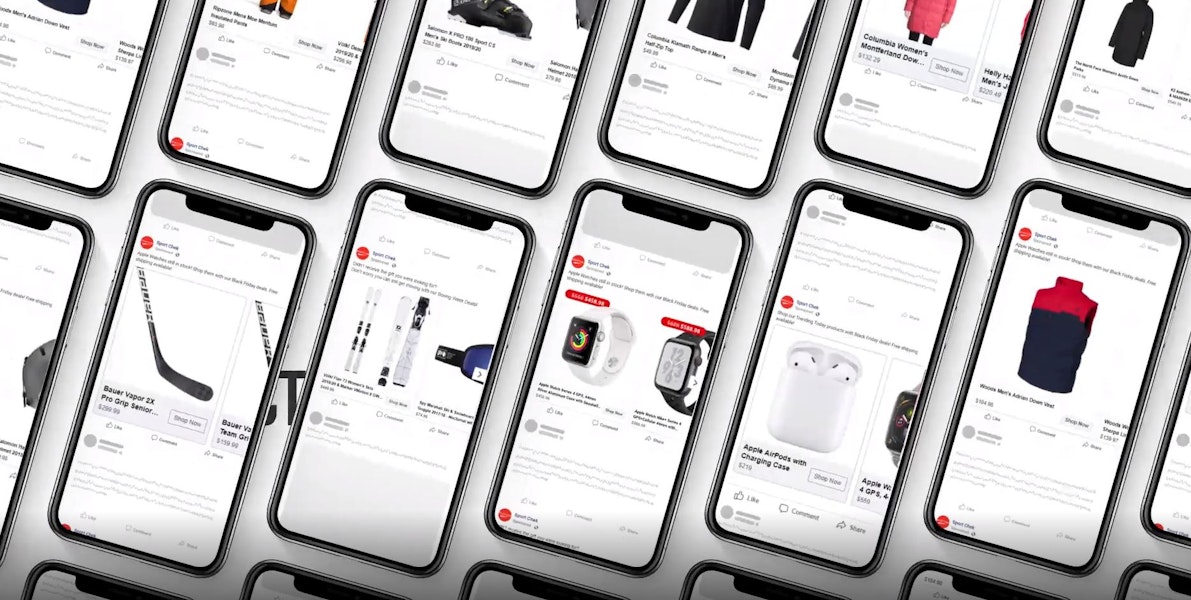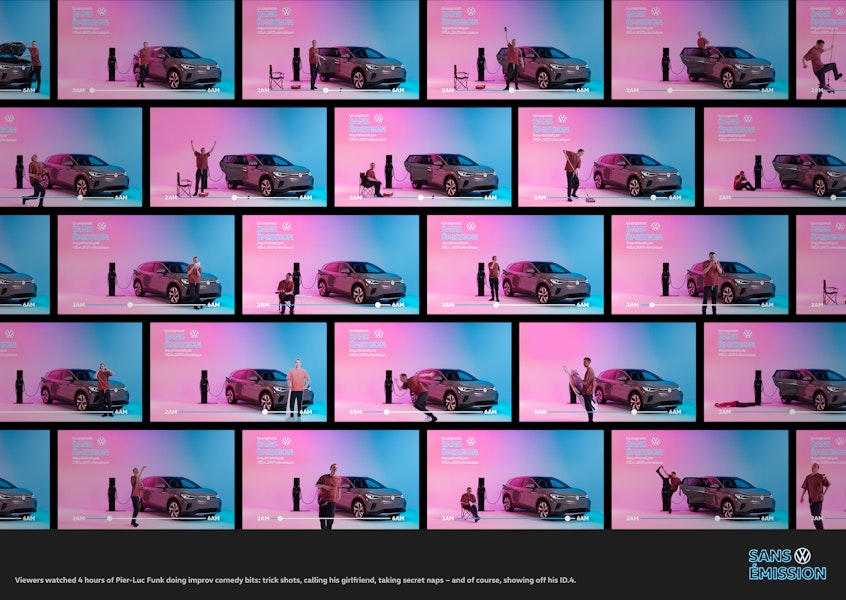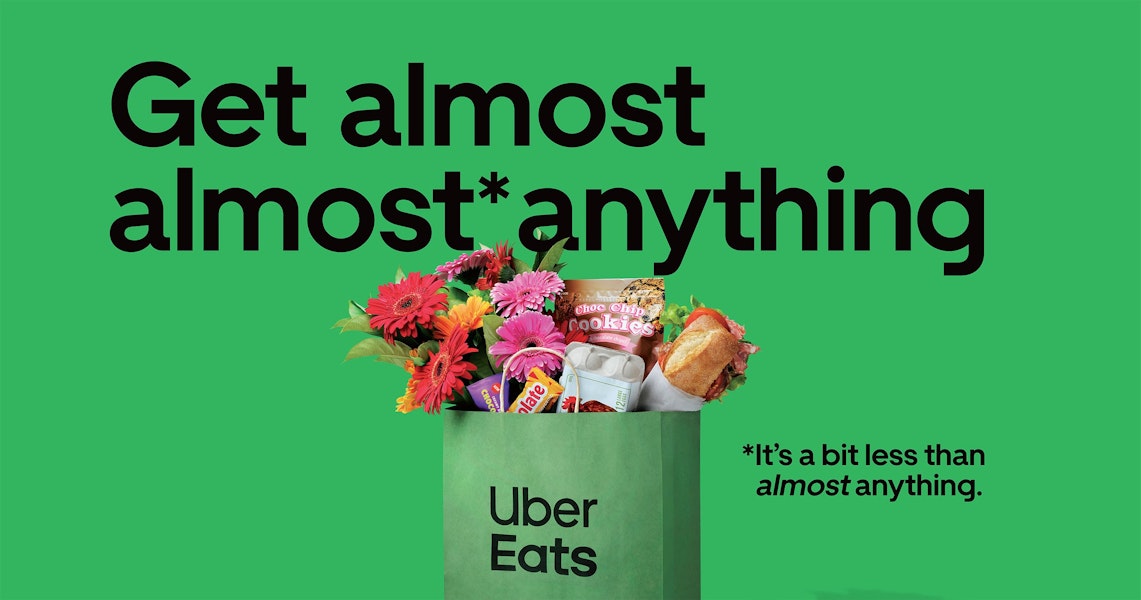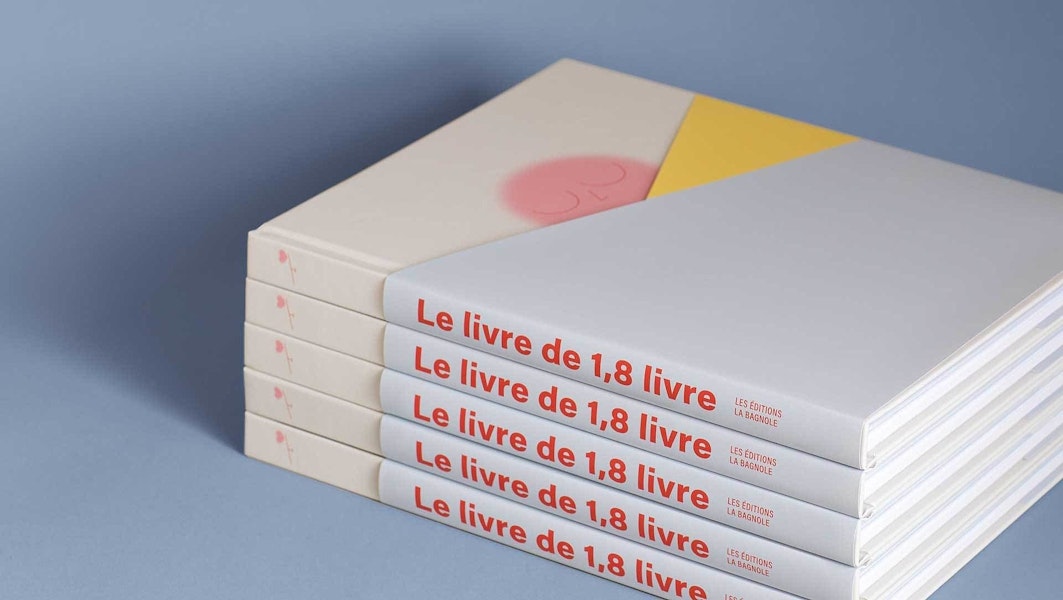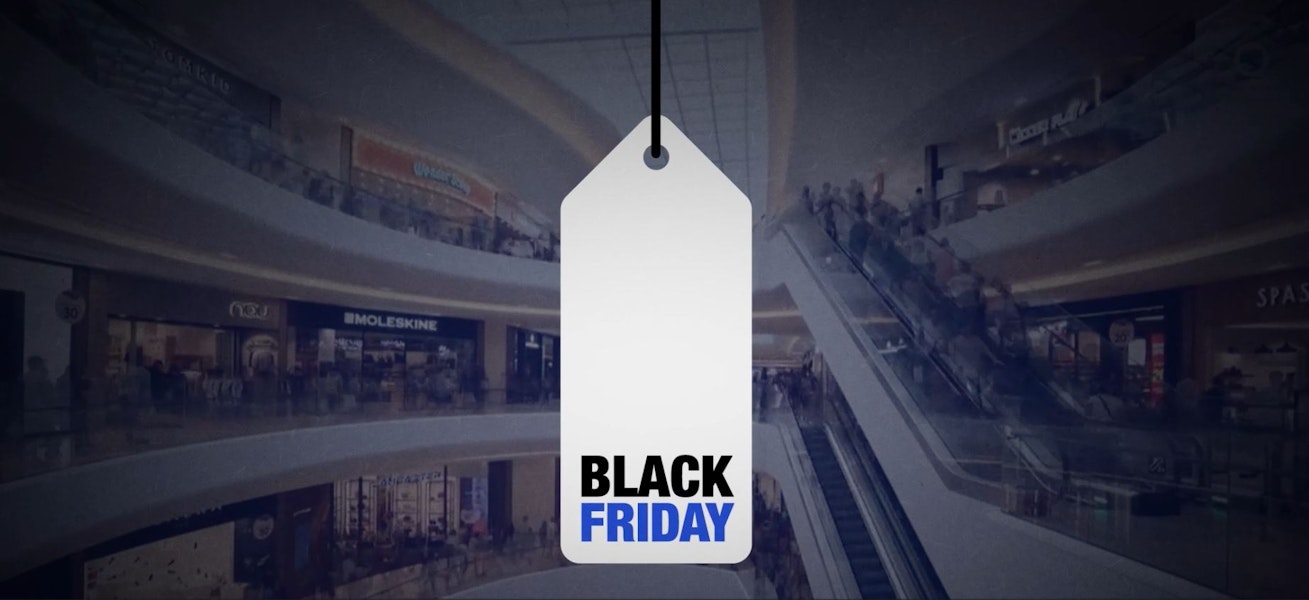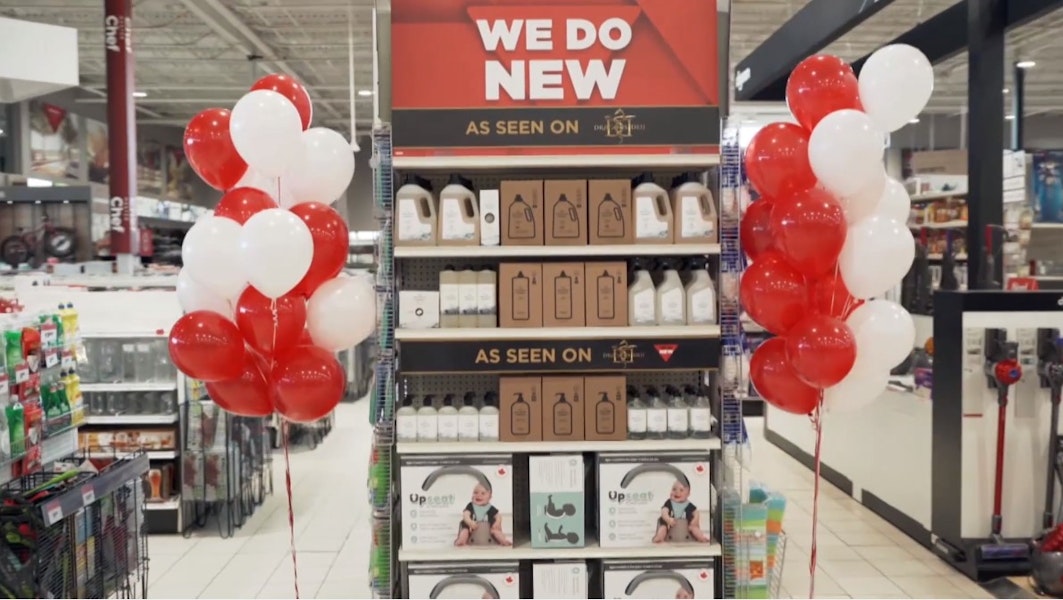The Gift you Didn't Get
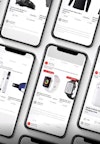
Every year, as the holiday season approaches, consumers are faced with the dilemma of whether to buy the desired product themselves, thanks to the huge discounts on Black Friday, or to add it to their list and wait patiently for Christmas to see if they receive it as a gift. In the first case, if the consumer receives their purchase as a gift, they'll have a duplicate product, as well as discomfort. Otherwise, the disappointment of not having received it, as well as the disappointment of having missed out on the aggressive discounts, will be felt.

A successful campaign
The Insight
Through focus groups and research, we unearthed the following insight: “The Holiday Shopper’s Dilemma”. Each year, as the holiday season approaches, consumers are stuck between two decisions once they have identified a product they really wanted for themselves: to buy it on sale during Black Friday or wait until Christmas in hopes that their loved ones get it for them as a gift.
On one hand, shoppers can buy the item during Black Friday, but this might ''ruin the moment'' if they end up receiving it as a Christmas gift, not counting the awkwardness of pretending to be surprised. On the other hand, if they decide not to buy, they would run the risk of not getting their desired gift at all for Christmas, on top of missing out on purchasing it with Black Friday discounts.
Predict the gift you didn't get
We therefore used Google Analytics to build a "high intent" audience based on various signals, including time spent on product pages, daily frequency of visits to these items, volume of additions to the basket without completing the purchase, and several other signals. We used the week of Black Friday as a base, which is our reference period when consumers are looking for the gifts they personally desire.
Next, we analyzed and cross-referenced consumers who behaved similarly on December 25, the famous gift exchange day. Those who behaved in the same way towards the same product were thus identified as our disappointed consumers, who return to the market to revalidate inventories and compare prices and offers. In this way, we built up a dozen audience segments of qualified, potentially disappointed consumers, while expanding the pool to include their similar audiences.
We discovered that 80% of Black Friday and Christmas searches were for the same 20 products. So we had found our focus to represent the majority of demand. Of course, we also had to move from words to deeds, which is a challenge in itself, making sure we could offer these consumers the same deal they'd missed on Black Friday.
The final step was activation: personalized social ads on Facebook combining the gift not received, a personalized message and the same offer missed. An integrated strategy, all to the benefit of the consumer.
A succesful campaign
Want to see how creativity can help you?
Redefining
creativity
